If you are looking for a new stone feature for your home, you may find yourself choosing between Cambria quartz and granite. These two options are both excellent stones, but it is important to know their basic differences in order to make the best choice for you and your lifestyle.
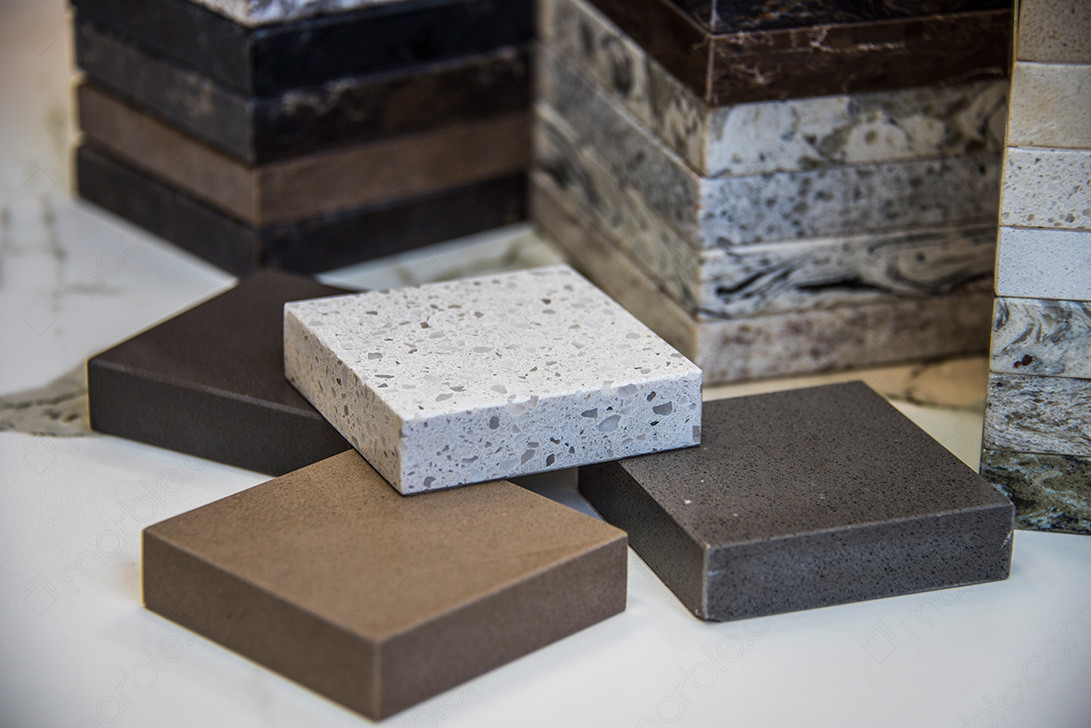
Table of Contents
Cambria quartz is a brand of quartz, an engineered stone that contains around 90 percent natural quartz and around 10 percent polyresin with some added pigments. The mixture is transferred into a mold, cured and sold as a slab. The company, Cambria, was founded in the late 1990s when Stan and Mark Davis opened their manufacturing plant in Minnesota. The company is still based in Minnesota, and all of the quartz supply is engineered there as well. This is a specific brand of quartz, and it is important to note that there are other brands of quartz available for purchase.
Granite is a kind of stone, which is naturally sourced. This stone is an igneous rock, meaning it is formed through the cooling of lava over millions of years. It is the most common type of igneous rock in the world. Each piece is a combination of a number of other minerals, including natural quartz, feldspar, and subtle amounts of other minerals. This stone is found throughout the world, including Brazil, India, Italy, and China. This is a material, with different quarry locations producing different kinds and colors of stone.
[get_quote]
Cost
The difference that is the most relevant to a majority of homeowners is cost. Sometimes, it doesn’t matter how beautiful a stone is, what matters most is the price tag.
Luckily for you, both Cambria quartz and granite are similar in price. Granite is $35 to $100, per square foot. Cambria quartz is slightly more expensive and typically goes for between $50 - $120, depending on the dealer. As granite is a kind of stone rather than a brand, you are more likely to find varied pricing in comparison to Cambria quartz.
So now you know the price of the stone, but what now? The two materials are similar in price, so homeowners will need to look past the price tag to choose between the two. There are many differences between these two stones which can help you pick the right material for you.
Appearance
Both Cambria quartz and granite come in a variety of colors, from light to dark to neutral to bright.
As both stones, quartz, and granite, can be just about any color, it is important to keep in mind the desired ambiance of your home. For example, lighter color quartz will give your space a brightened and airy look. A darker color will add a smooth elegance as well as a potential stark contrast.
Cambria quartz is manufactured so each design is specifically created for consumers in mind. The coloring varies widely, with almost the entire color spectrum being covered. Marble.com can install any quartz that a customer is looking for, including, but not limited to, Cambria quartz. Other quartz patterns are also available, 176 available for purchase on Marble.com.
While granite is naturally found, there are still a ton of color and pattern options available. Marble.com carries over 600 colors and patterns for you to choose from, with some featuring detailed and colorful designs and some featuring more subdued neutral colors. This stone can be finished in multiple textures, including honed and polished.
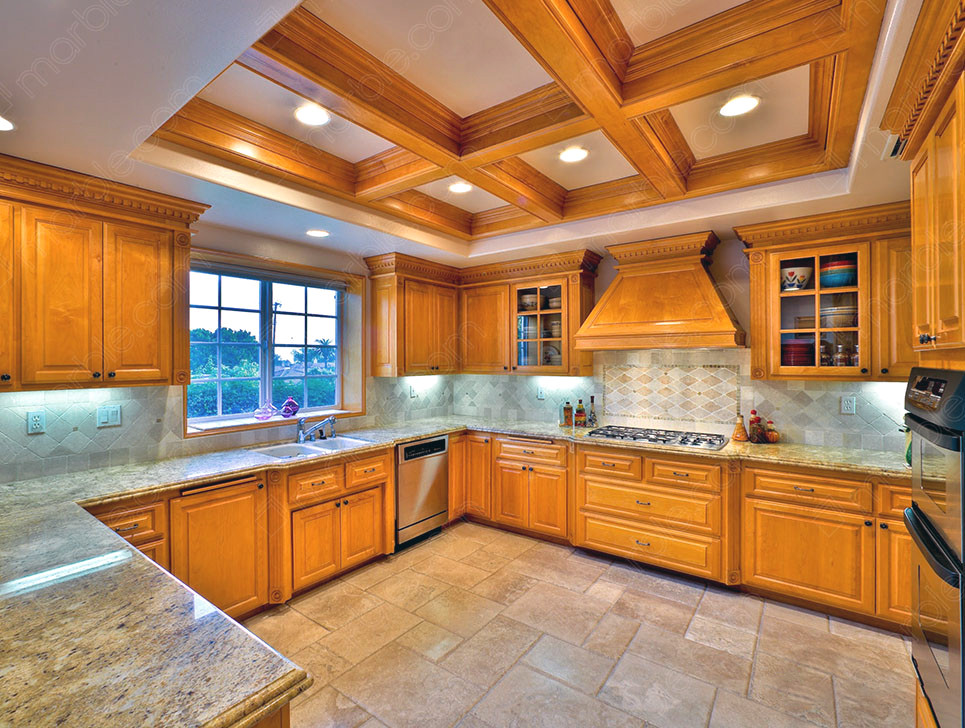
Color is not the only factor when it comes to appearance. Homeowners should also consider whether they want uniformity or uniqueness from their stone.
As a naturally occurring stone, granite will be entirely unique with every slab. You will need to choose carefully for each project in your home as even the same granite might feature an extremely different pattern or veining from slab to slab. While this may seem like a major disadvantage, many view this as one of the primary reasons to pick granite. Every home will have its own unique stone, distinctive from even slabs purchased in the same pattern at the same time. Most people want their homes to be a perfect mirror of the best parts of their personality, and choosing a unique granite slab is a great chance to really let your true colors shine.
On the other hand, Cambria quartz is uniform. Each slab will be exactly the same, and you will have no worries when it comes to picking the perfect slab as each slab is “perfect.” This can be an advantage, as it makes the styling process of your home effortless, but it is also a reduction in personality when compared to granite stones.
Another thing to consider is the appearance of seams. The typical kitchen countertop will require more than one slab, so there will be a seam in between. Most fabricators will place seams in inconspicuous places, however, you should still generally keep this in mind when designing your home, both for quartz and granite.
[get_quote]
Durability
Both materials are considered remarkably durable, however, one stone is considered superior to the other.
Both Cambria quartz and granite are stain-resistant with proper care. While they can withstand liquid spills, that does not mean they are completely stain-proof. All liquids should be removed and/or dried immediately as with even the highest resistance, damage can still occur.
Both Cambria quartz and granite are also scratch-proof. Both of these can be resistant to damage caused by everyday objects. Granite in particular is one of the hardest naturally occuring materials on the Mohs scale, usually sitting at an 8. Quartz is only slightly softer, typically sitting on the scale at a 7. For comparison’s sake, soapstone is a 2 while diamonds are a 10. Although they can both withstand everyday wear and tear, cutting directly on top of either material is not recommended.
Heat resistance is where these two materials differ. Quartz, as a man-made material, is not heat resistant, and hot pots and pans should not be placed on any quartz surface, Cambria brand, or otherwise. In order to utilize quartz in an environment with hot items, a buffer like a trivet or a hot pad should be placed in between the stone surface and the heated object. On the other hand, granite is heat resistant and is one of the best options in terms of durability in a hot environment. As a natural stone, it can handle high temperatures. We still recommend utilizing a buffer between your hot objects and your granite stone, however, you do not need to fear extreme damage.

Despite being marketed as resistant to multiple types of damage, we do not recommend being reckless with your new stone features. Also, it is important to note that these two stones will not stay durable without proper care.
Quartz requires basic cleaning instructions. The surface should be cleaned with water and mild dish detergent solution. Once the surface is clean, it should be dried off immediately. Homeowners should avoid more abrasive cleaners as they may cause permanent damage. They should also never use sealants, waxes, or polishes on quartz surfaces.
Granite has similar instructions in terms of care as it also only requires soapy water, and abrasive cleaners like bleach or ammonia should be avoided. Granite also requires resealing every six months to a year. While this may sound like a difficult task, it is remarkably easy and can be done by the homeowner rather than a professional. Do not let the process of resealing deter you from the purchase of granite.
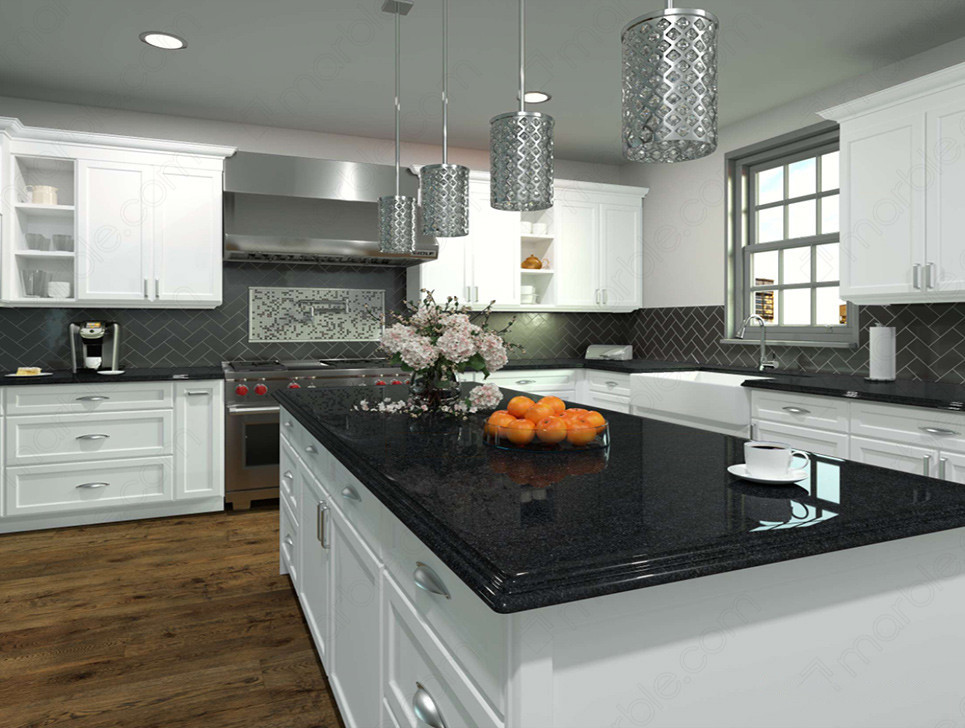
Final Overview
So which stone is right for you and your home? Let's recap:
Cambria Quartz
- Man-made
- Brand of quartz
- From Minneosta, U.S.A
- $50 - $120, per sq. foot
- Uniform and consistent design
- Stain and scratch resistant
[get_quote]
Granite
- Naturally found
- Material
- From multiple quarries worldwide (Brazil, India, China, Italy, etc)
- $35 - $100, per sq. foot
- Design is unique to each slab
- Stain, scratch and heat resistant
Cambria quartz vs granite cost-wise is about the same, so other factors are of more importance. Consider whether you want a personal unique slab, or a uniform, effortless stone. Also, take into account care: are you okay with periodic resealing? What about heat resistance? Do you feel it is a must for your new stone feature? Lastly, and most importantly, look through the many designs available of each to find the perfect color and pattern for your home.
Regardless of which stone you choose, you will not be disappointed with its beauty and durability.
National Average
$4,000
(30 sq.ft. of moderate countertop with eased edge, undermount sink, and no backsplash)
Cost to install kitchen countertops varies greatly by region (and even by zip code). Get free estimates from countertop installers in your city.
Find out how much your project will cost.













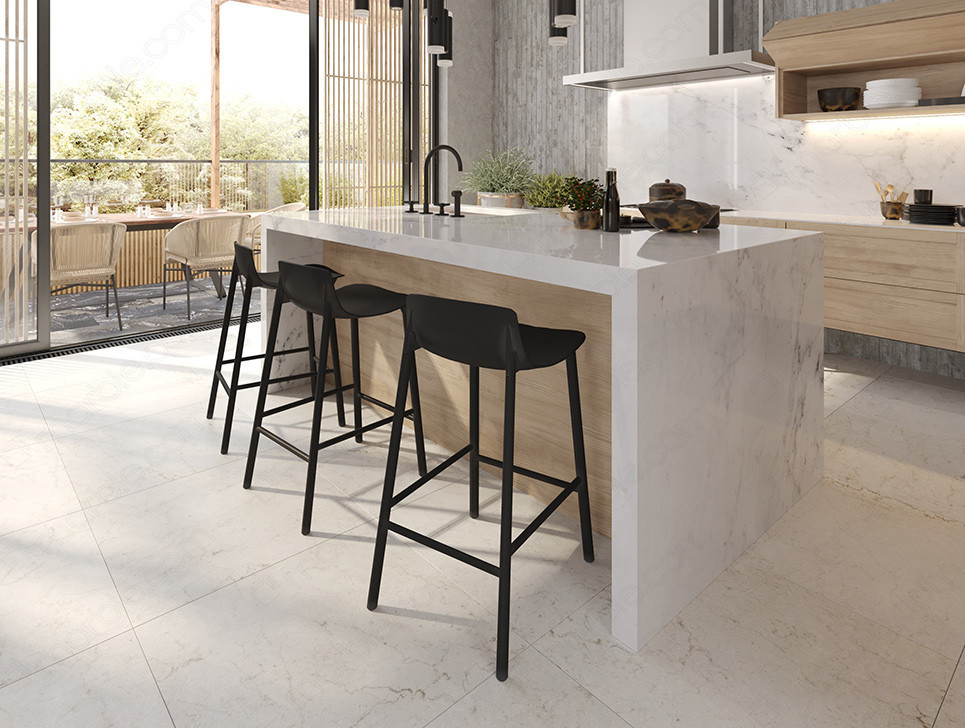
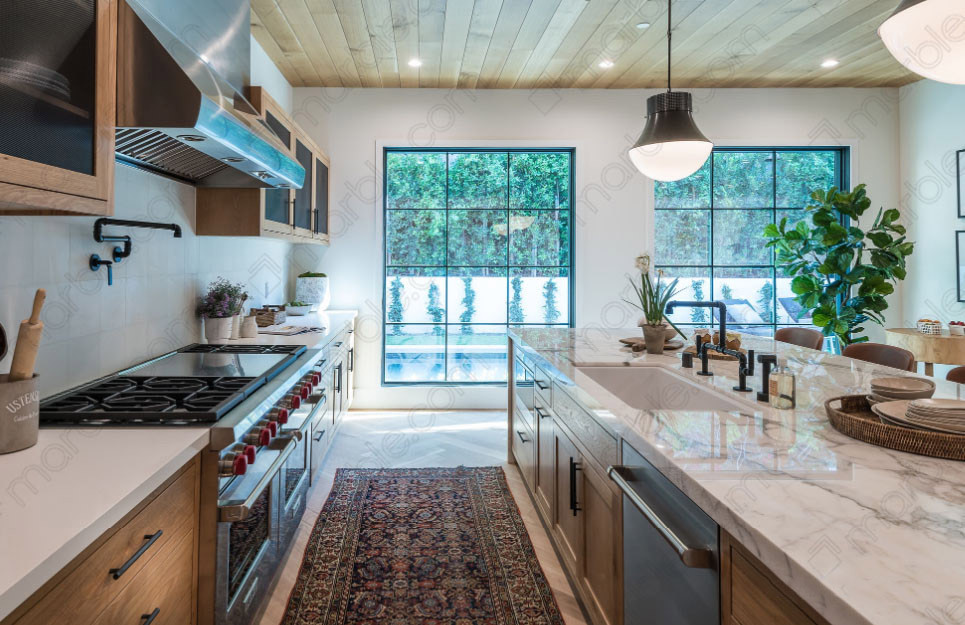
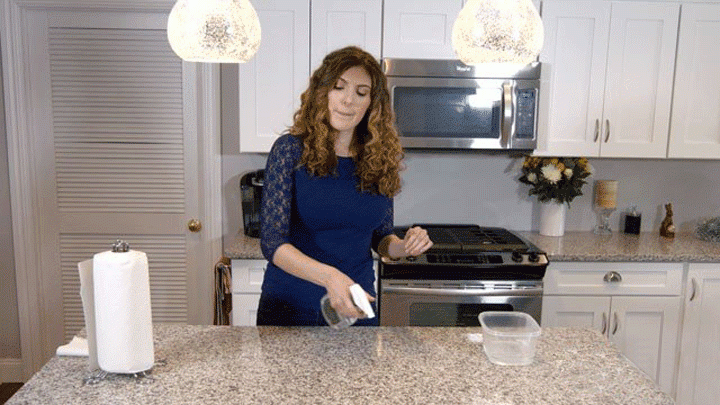
 The article helped me immensely
The article helped me immensely
 I’m now more informed on the subject
I’m now more informed on the subject
 I have questions about Marble.com
I have questions about Marble.com
 The article was not accurate at all
The article was not accurate at all
 There is a serious lack of information
There is a serious lack of information
 I have questions about Marble.com
I have questions about Marble.com